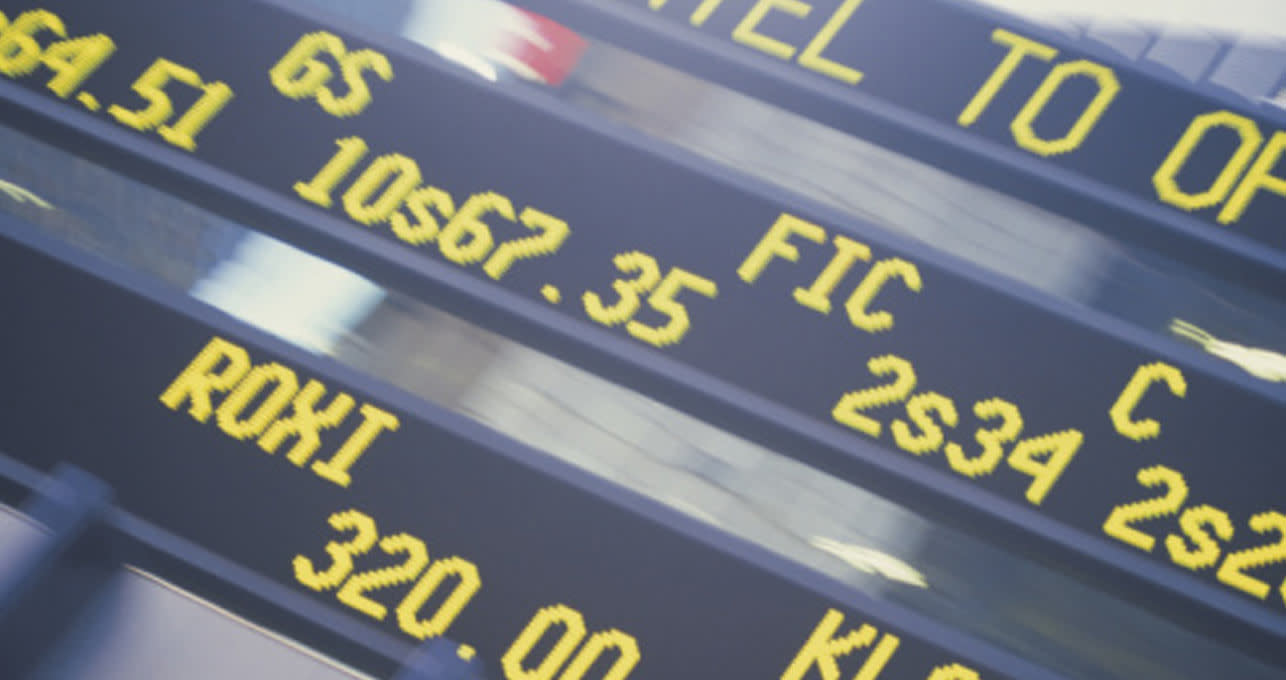Baker Hughes’ first quarter revenues have increased by 12% to $6.4bn. Both Oilfield Services & Equipment (OFSE) and Industrial & Energy Technology (IET) were in positive territory, but IET was the standout division, up by 23%.
Underlying cash profit (EBITDA) grew by 21% to $943mn, ahead of the midpoint of previous guidance. This was driven by a strong operational performance by IET.
Order intake of $6.5bn was just ahead of revenue. Although this was 14% down year-on-year due to the timing of Gas Technology orders and a sharp decline in Subsea Surface Pressure Systems.
Free cash flow increased by $305mn to $502mn reflecting the improvement in operating performance. Net debt of $3.3bn was broadly unchanged from levels seen at the end of 2023.
Payouts to shareholders totalled $368mn, including $158mn of share buybacks.
Baker Hughes remains confident of meeting existing full-year guidance.
The shares were down 2.5% in after-hours trading.
Our view
Baker Hughes is one of the largest providers of services and equipment to the oil and gas industry. But it also has one eye on the rapidly changing mix of our energy supplies. It's seeing strong growth in orders for its new energy business, which supports technologies such as green hydrogen and carbon capture.
For now, its more traditional business is also holding up well. The Oil Field Services & Equipment division (OFSE) has grown revenues and profits so far this year. But order intake for certain product lines is coming under pressure.
Even if demand for fossil fuels starts to ebb, it should be somewhat offset by decommissioning work on oil well closures, which in itself is a multi-billion dollar opportunity. However, a prolonged period of weakness or volatility in oil prices would still likely be a net drag on orders for the OFSE division.
But it's the Industrial & Energy Technology (IET) division that's been enjoying the strongest revenue momentum of late. This houses the company's gas technology and new energy activities. A strong growth driver here is the ongoing build-out of liquefied natural gas infrastructure (LNG), where capacity is set to increase by about 60% by the end of the decade, due to its place as a key transition fuel and role in improving energy security.
Whilst recent order intake has been somewhat disappointing, we think the long term outlook is positive. Further, the group's order book still stands at close to $33bn and has seen little movement despite the slower rate of contract wins. We view investments like the doubling of the workforce at its Modon manufacturing facility in Saudi Arabia, as a sign of confidence that the order book can return to growth.
We still think IET is likely to become a bigger part of the business in the next few years, as growth in oilfield services moderates, new energy operations start to scale, and service revenues from the installed base of LNG assets begin to flow. It already accounts for the lion’s share of future orders with Gas Technology Services being the biggest component. If Baker Hughes continues this trend, it should improve margins and revenue visibility.
The group boasts a robust balance sheet and impressive cash flows. That's currently supporting share buybacks and a prospective dividend yield of 2.6%. But as with any shareholder returns, there are no guarantees.
Whilst we're excited about the growth story emerging at Baker Hughes, the valuation currently sits towards the top of the peer group, meaning the shares are likely to be sensitive to any prolonged weakness in order intake.However, we anticipate demand will bounce back, and in the meantime, improving efficiency and a robust order book should help it manage any slowdown in new business.
Environmental, social and governance (ESG) risk
The ESG risk to oil and gas service providers runs parallel to those impacting producers. Environmental concerns are the primary driver of ESG risk for this group, with carbon emissions and waste disposal being the main issues. Health and safety, community relations and ethical governance are also contributors to ESG risk.
According to Sustainalytics, Baker Hughes's management of material ESG issues is strong, as are its ESG reporting practices. Based on available evidence, a part of executive remuneration is explicitly linked to sustainability performance targets. Similarly, the environmental policy is very strong. The company also has a strong whistleblower programme in place. It does not appear to be implicated in any significant controversies. It has a stated goal of reducing scope 1 and 2 emissions by 50% by 2030, and an overall reduction in scope 3 by 2033, although we would like to see this target more clearly defined.
Baker Hughes key facts
All ratios are sourced from Refinitiv, based on previous day’s closing values. Please remember yields are variable and not a reliable indicator of future income. Keep in mind key figures shouldn’t be looked at on their own – it’s important to understand the big picture.
This article is not advice or a recommendation to buy, sell or hold any investment.No view is given on the present or future value or price of any investment, and investors should form their own view on any proposed investment.This article has not been prepared in accordance with legal requirements designed to promote the independence of investment research and is considered a marketing communication.Non - independent research is not subject to FCA rules prohibiting dealing ahead of research, however HL has put controls in place(including dealing restrictions, physical and information barriers) to manage potential conflicts of interest presented by such dealing.Please see our full non - independent research disclosure for more information.


